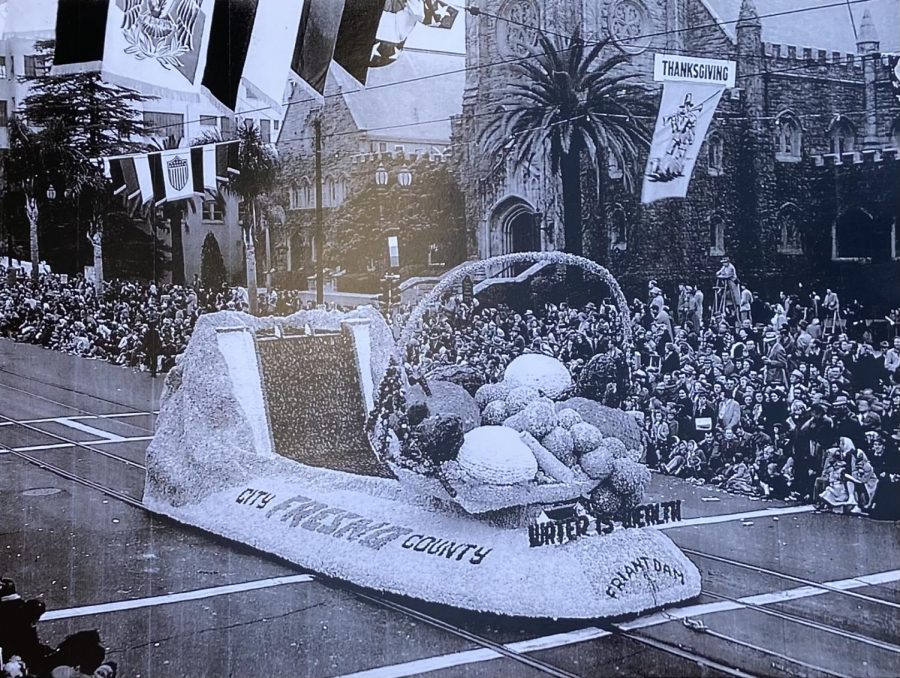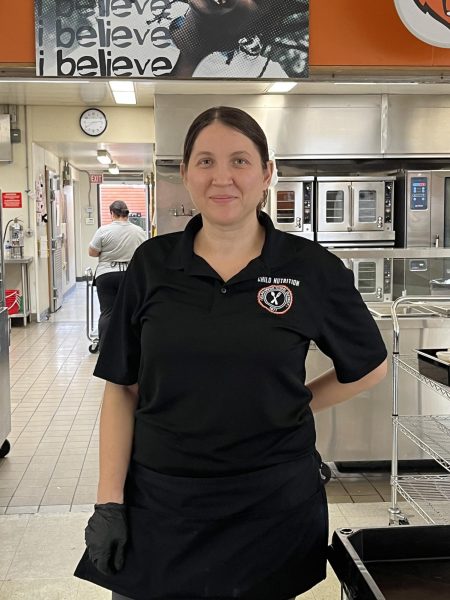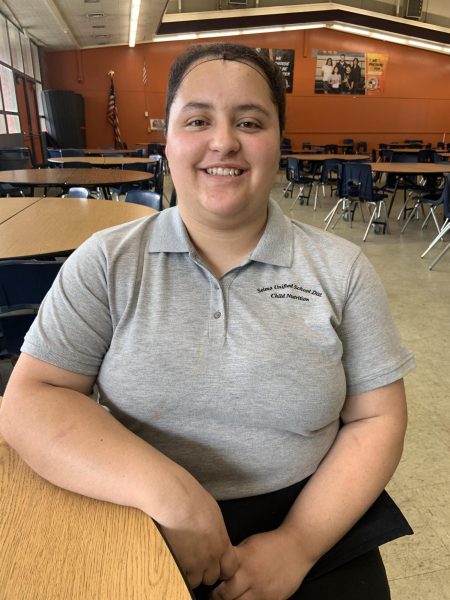Has It Been 72 Years Already?!
February 11, 2022
Indeed, it has been 72 years since the Selma High School’s marching band attended the Rose Bowl Parade. Time has passed too fast! Yet not many from the younger generations know about this remarkable event, it is one of the proudest moments for Selma High School.
The Rose Bowl Parade is an annual event held in Pasadena, California on New Year’s Day. It showcases elaborate flower-covered floats, equestrian units, and various marching bands from all over the country. The Rose Bowl Parade is watched by thousands of people, whether it be from the comfort of their homes or being first row in the streets to watch the grandeur of the parade in person. This event has been held every year since 1890 with the exception of 1942, 1943, 1945, and more recently, in 2021 due to the Covid-19 pandemic. The Rose Bowl Parade is held on January 1st every year. However, if the New Year is welcomed on a Sunday, the parade is moved to a Monday. This is what happened when the Selma High School’s marching band was invited. So, instead of attending the parade on January 1, 1950 they marched in the parade on January 2.
Mr. Pete Esraelian was a member of the Selma High’s band that attended the Rose Bowl Parade. According to him, marching bands were not part of the parade only until a few years after the inauguration of the parade in 1890. There are only a select number of bands that get to take part in this event. In 1950, out of the twenty bands that were invited to the parade, Selma High was one of them.
According to Mr. Esraelian, in 1950 the Selma High marching band was selected out of the schools in the area, beating Fresno schools, to march a little more than a five-mile walk in the city of Pasadena. The Selma High’s marching band would accompany the Fresno County float, that was designed after the Friant Dam and Fresno County agriculture. Why the Friant Dam? The Friant Dam was a newly finished dam at the time. The float was decorated in a way that the flowers would feign the image of a “cascade of water flowing over the spillway,” said Esraelian.
A marching band made up of ninety members and the Band Director at the time, Arthur Nord, would work hard to give their best performance the day of the Rose Bowl Parade. As Esraelian recalls, the Band Director led the band in a five mile loop. They marched out of the city of Selma reaching its outskirts and then returning back to the school campus.
However, the hard moments they encountered during practice wouldn’t even be close to what they would experience the day of the parade. The float stopped moving on its first turn. Some people would have to pull the float with cables for the remainder of the parade.
“We had a team of majorettes, probably eight or ten girls,” Mr. Esraelian recollects another moment in which the team struggled.“ As they marched the striding for five miles, actually, their thighs were rubbing against each other as they marched. By the time they came to the end of the parade they almost had blisters. As for the band, it was tiring. Approximately one mile or more of the parade was uphill. Not steep, but it wasn’t a flat-five miles.”
Although the floats are the only thing the judges vote on for rankings, the unofficial rank for the Selma marching band was number four out twenty!
Mr. Esraelian, then a senior in high school, and the rest of the marching band members would also attend the Rose Bowl Game (free of charge) after the parade was over. The competing teams were Ohio State University and the University of California.
“What’s interesting is that I have a copy of a ticket to the Rose Bowl Game, and the ticket cost was $5.50,” states Esraelian. “I would say, today, I don’t think you could get a ticket for under $200.”
An experience that few get to experience in their lifetime, for those ninety students and the Band Director, it was possible. A story only few can tell, can be told at Selma High School.








